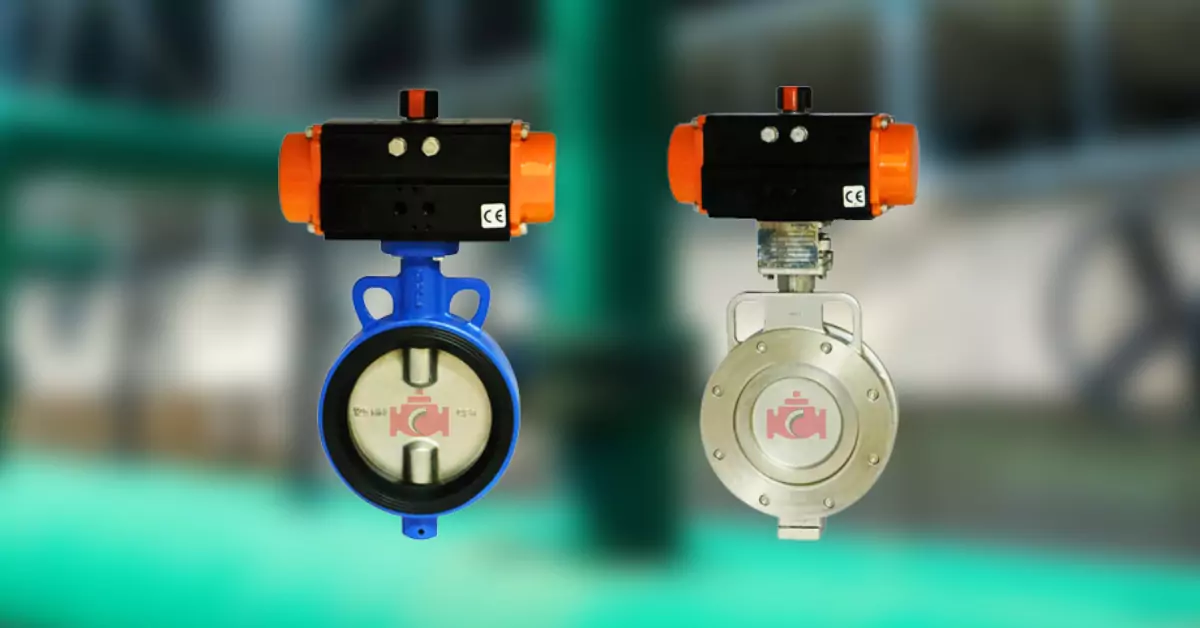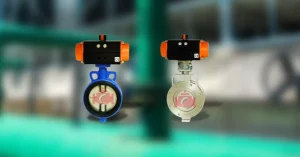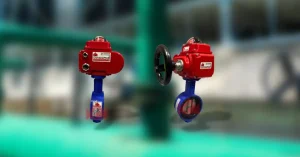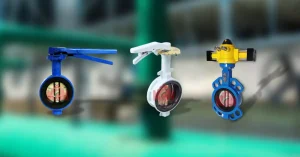How to Select the Right Pneumatic Butterfly Valve Size
Choosing the correct Pneumatic Butterfly Valve size is crucial for optimal system performance. The wrong size can lead to pressure drops, energy waste, and equipment damage. This guide will walk you through the key factors and steps needed to select the perfect valve size for your application.
Understanding Pneumatic Butterfly Valves
Pneumatic Butterfly Valves control flow using a rotating disc inside the valve body. When the disc turns perpendicular to the flow, it stops the fluid completely. When parallel, it allows maximum flow. These valves are popular because they’re lightweight, cost-effective, and provide quick operation.
The valve size directly affects how much fluid can pass through and how efficiently your system operates. Too small, and you’ll create unnecessary pressure drops. Too large, and you’ll waste money and space while potentially reducing control accuracy.
Key Factors for Valve Sizing
Flow Rate Requirements: Start by determining your system’s flow rate. This is typically measured in gallons per minute (GPM) for liquids or cubic feet per minute (CFM) for gases. Consider both normal operating conditions and peak demand scenarios.
Pressure Conditions: Know your system’s inlet and outlet pressures. The pressure difference across the valve affects flow capacity. Higher pressure drops can increase flow through the same size valve, but may also cause problems like cavitation in liquid systems.
Fluid Properties
Different fluids behave differently. Consider:
- Viscosity (thicker fluids need larger valves)
- Temperature (affects fluid density and viscosity)
- Specific gravity for liquids
- Gas density and compressibility
Pipe Size
While valve size often matches pipe size, this isn’t always optimal. Sometimes a smaller valve provides better control, while other applications may benefit from a larger valve to minimize pressure loss.
Step-by-Step Sizing Process
Step 1: Calculate Flow Coefficient (Cv)
The Cv value represents the valve’s flow capacity. For liquids, use this formula:
Cv = Q × √(SG / ΔP)
Where:
- Q = flow rate in GPM
- SG = specific gravity of liquid
- ΔP = pressure drop across valve in PSI
For gases, the calculation is more complex and involves additional factors like temperature and gas properties.
Step 2: Apply Safety Factors
Don’t size the valve for maximum Cv. Instead, select a valve that operates at 60-80% of its maximum capacity during normal conditions. This provides room for system variations and ensures good control.
Step 3: Check Velocity Limits
Verify that fluid velocity through the valve stays within acceptable limits. High velocities can cause erosion, noise, and vibration. For most applications, keep water velocity below 20 feet per second and gas velocity below sonic limits.
Step 4: Consider Control Requirements
If you need precise flow control, choose a valve size that operates in the middle of its range during normal conditions. This provides the best control sensitivity and accuracy.
Common Sizing Mistakes
- Oversizing Valves: Many engineers oversize valves “to be safe.” This creates poor control, higher costs, and potential system instability. Oversized valves may not seal properly when nearly closed.
- Ignoring System Changes: Size valves for actual operating conditions, not design conditions. Systems often operate differently than originally planned. Consider future expansion needs, but don’t oversize for unlikely scenarios.
- Forgetting Pressure Recovery: Pneumatic Butterfly Valve have good pressure recovery characteristics. This means the pressure downstream of the valve can be higher than at the valve’s narrowest point. Factor this into your calculations to avoid under sizing.
- Using Only Pipe Size: Matching valve size to pipe size is convenient but rarely optimal. Focus on flow requirements and control needs rather than pipe diameter.
Working With Professionals
Valve sizing can be complex, especially for critical applications. Consider consulting with valve specialists who can provide detailed calculations and recommendations. Companies like Concorde Valves and Automations offer sizing assistance and can help you select the right valve for your specific application.
Professional valve suppliers have sizing software and experience with various applications. They can also advise on actuator sizing, which must match the valve and operating conditions.
Making The Right Choice
Proper pneumatic butterfly valve sizing requires careful consideration of multiple factors. Take time to gather accurate system data, including flow rates, pressures, and fluid properties. Apply appropriate safety factors, but avoid oversizing. When in doubt, consult with valve specialists who can provide expert guidance.
Remember that valve sizing is just one part of the system design. Consider how the valve integrates with your control system, piping, and overall process requirements. A well-sized valve will provide years of reliable service and optimal system performance.
Pneumatic Butterfly Valve
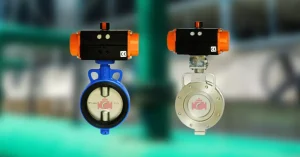
Proper pneumatic butterfly valve sizing ensures reliable operation and efficiency. Understand factors like flow requirements, pressure ratings, and compatibility with your system. Avoid common errors to enhance performance and longevity while ensuring seamless integration with your control processes.
Product Brand: Concorde Valves and Automations
Product Currency: INR
Product In-Stock: InStock
5

